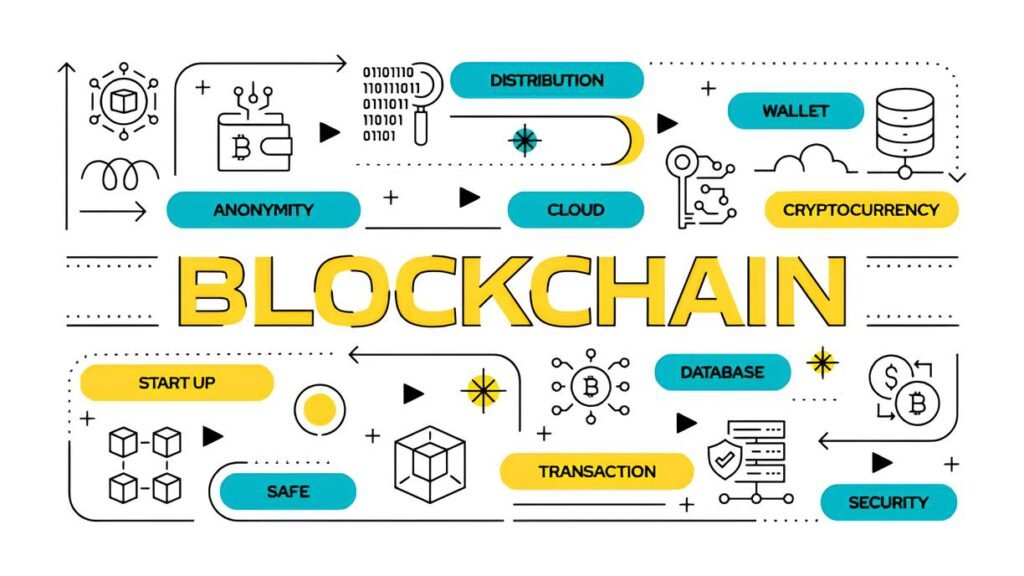Imagine placing your trust in what seems like an impenetrable fortress: a vendor on the darknet advertising with a verified PGP key — a hallmark of authenticity in these murky waters. Yet, what if that key, the very linchpin ensuring encrypted, secure conversations, could be compromised without your knowledge? In a world where trust is scarce and risks are abundant, a compromised PGP key isn’t just a technical hiccup—it can unravel entire operations, expose identities, and thrust users into the crosshairs of surveillance or theft.
This isn’t just a theoretical danger. In fact, beneath the surface of darknet marketplaces, forums, and private communications, the integrity of PGP keys can be subtly undermined by hackers, law enforcement, or even careless operational security. Understanding why your darknet vendor’s PGP key might be compromised—and how to detect and react to this—is crucial for anyone navigating these encrypted corridors.
In This Article
Why PGP Keys Matter on the Darknet
Privacy and security are the cornerstones of darknet commerce and communication. PGP (Pretty Good Privacy) encryption emerges as a digital handshake — a cryptographic promise that messages sent between parties are confidential and genuinely from the claimed sender. For darknet buyers and vendors, PGP keys unlock trust without revealing identities.
Unlike surface-level authentication methods, PGP uses a paired cryptographic system: a public key to encrypt the message and a private key to decrypt it. When a vendor posts their public PGP key, customers can be reasonably sure their messages—whether order details, delivery info, or grievances—are encrypted end to end.
But this trust only holds if the public key itself is authentic and uncompromised. If attackers gain access to the vendor’s private key or replace the public key with a malicious version, all bets are off. Communication can be intercepted, orders redirected, funds stolen, and anonymity shredded.
Common Ways PGP Keys Get Compromised
PGP keys might seem unbreakable at first glance, especially when implemented correctly. Yet, several subtle vulnerabilities actively or accidentally undermine their security on the darknet.
- Key Theft via Hacked Devices: Vendors often keep their private keys on devices. If these machines are compromised through malware or phishing, attackers can extract private keys and impersonate the vendor.
- Social Engineering Attacks: Clever adversaries might trick vendors into revealing key material or signing malicious files by exploiting trust or posing as partners.
- Key Replacement Attacks: Fake or phishing sites may distribute counterfeit public PGP keys in order to intercept user messages.
- Poor Key Management: Reusing keys extensively, using weak passphrases, or failing to rotate keys regularly can open backdoors to attackers.
- Backdoored or Malicious Software: Vendors relying on compromised PGP software versions may unknowingly leak key information.
- Quantum Computing Threats (Futuristic but Growing): Advanced quantum attacks could eventually crack some currently strong cryptographic algorithms, putting older keys at risk.
Addressing these vectors is an uphill battle, particularly in an underground culture where operational security (OPSEC) mistakes are common and law enforcement actively hunts vendors.
Signs Your Vendor’s PGP Key Is Compromised
How can you tell if the PGP key presented to you is legitimate? Spotting a compromised key isn’t always straightforward, but several red flags often emerge.
- Unexpected Key Changes: If a vendor suddenly changes their PGP key without a solid explanation or signed announcement, it might indicate compromise or takeover.
- Failed or Strange Signature Validations: Your PGP client warning that a signature is invalid or doesn’t match the expected fingerprint.
- Inconsistent Responses or Delays: If encrypted communication starts behaving abnormally—like unreadable messages or delayed replies—it might be a hack in progress.
- Multiple Key Versions Circulating: Presence of several public keys claiming to be from the same vendor on forums, with mixed trust signals.
- Reports from Trusted Community Members: Other users warning about key changes or suspicious activity concerning the vendor’s PGP key.
Some of these might be innocent, like legitimate key rotation, but in darknet environments, caution is your best armor.
Remember: verifying a PGP key means verifying its fingerprint exactly — a long string of characters unique to that key. Even a single character difference can mean an imposter.
How to Verify PGP Keys Safely
Don’t underestimate the importance of safe key verification. Blindly trusting a PGP key you find on a darknet market or forum can be perilous. Here are essential methods to ensure you’re dealing with the genuine article.
- Compare Fingerprints Through Multiple Channels: Contact vendors on different platforms—such as their official onion site, verified forum profiles, or encrypted chat—and cross-check the PGP key fingerprint. This reduces the odds of interception or forgery.
- Check Community Trust: Established vendors often have their PGP keys endorsed or verified by longtime customers or administrator-run key servers in darknet forums.
- Use Verified PGP Servers Carefully: While some key servers are public, darknet-specific PGP key repositories or private key exchanges tend to be safer.
- Leverage Key Signing Networks: When feasible, confirm that vendors have their key signed by recognized, trusted darknet entities.
These verification steps may take time, but they protect you from falling victim to a key replacement attack or supply-chain attack.
Always keep a trusted list of vendor PGP fingerprints offline for quick reference. When a vendor rotates keys, verify the new fingerprint through independent channels before trusting it.
Best Practices for Staying Secure
Security on the darknet depends heavily on layered defenses and relentless vigilance. Consider these best practices to stay ahead of threats related to PGP key compromise.
- Rotate Keys Regularly, but Carefully: Long-term PGP keys are attractive targets. Regularly rotating keys protects against long-term exposure but must be communicated securely to avoid confusion.
- Use Strong Passphrases and Hardware Encryption: Never store your private keys unprotected. Prefer hardware wallets or encrypted containers to minimize theft risk.
- Deploy Air-Gapped Devices: Vendors, especially, benefit from generating and storing keys on isolated, offline machines to prevent remote compromise.
- Be Skeptical of Sudden Key Changes: Treat unexpected PGP key rotations as potential signals of compromise until verified through additional channels.
- Limit Key Exposure: Avoid unnecessary public sharing of your PGP key. Use it only where needed and consider multiple tiered keys for different functions (support, transactions, communications).
Understanding that even PGP keys aren’t invincible leads to more cautious darknet use. Combining secure key practices with broader operational security—like careful pseudonym creation and network hygiene—further mitigates risk.
For instance, if you want to deepen your understanding of operational security, learning how to practice good data hygiene across devices can drastically reduce your attack surface.
Never reuse the same PGP key for personal and darknet transactions. If one side leaks information, the entire identity chain can collapse.
FAQ: PGP Key Security on the Darknet
Q: Can a hacked PGP key be detected immediately?
A: Not always. Sometimes attackers misuse a compromised key subtly before the original user notices. Monitoring for unusual activity or signature validations is essential.
Q: Is PGP still considered secure in 2025?
A: Yes, when implemented correctly with strong key sizes (2048-bit or stronger), good passphrases, and secure key storage. But no system is 100% foolproof, especially if OPSEC fails.
Q: How often should darknet vendors rotate their PGP keys?
A: Ideally, keys should be rotated annually or in response to suspected compromise. Vendors should secure ways to announce new keys without exposing themselves.
Q: What should I do if I suspect a vendor’s PGP key is compromised?
A: Stop all communication immediately, avoid sending sensitive information, and verify the vendor’s new key through trusted community sources or official channels.
Q: Are there alternatives to PGP on the darknet?
A: Some users opt for modern encrypted messaging platforms or multi-signature tools, but PGP remains widely used due to its open standards and broad compatibility. For more on encrypted chat options, building encrypted chat workflows is a good resource.



